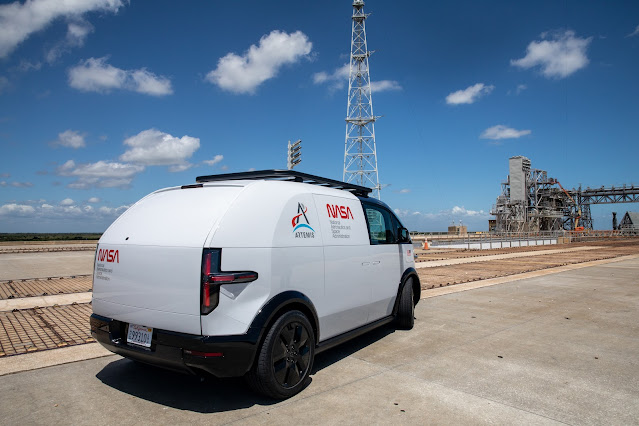Expedition 67 Astronaut Samantha Cristoforetti Answers European Student Questions
Expedition 67 Crew
Commander Oleg Artemyev (Russia)
Roscosmos Flight Engineers: Denis Matveev and Sergey Korsakov (Russia)
NASA Flight Engineers: Kjell Lindgren, Bob Hines, Jessica Watkins (USA)
European Space Agency (ESA) Flight Engineer: Samantha Cristoforetti (Italy)
An international partnership of space agencies provides and operates the elements of the International Space Station (ISS). The principals are the space agencies of the United States, Russia, Europe, Japan, and Canada. The ISS has been the most politically complex space exploration program ever undertaken.
Credit: NASA Video
Duration: 21 minutes
Release Date: June 14, 2022
#NASA #Space #ISS #Earth #Planet #Students #Belgium #Belgique #België #Indonesia #ESA #Astronaut #SamanthaCristoforetti #FlightEngineer #Minerva #Italy #Italia #ASI #Science #HumanSpaceflight #Expedition67 #Europe #UnitedStates #International #STEM #Education #HD #Video
.jpg)




2di7%20&%20titanio44.png)
.png)
.png)
.jpg)





.jpg)
.jpg)

.jpg)













.jpg)